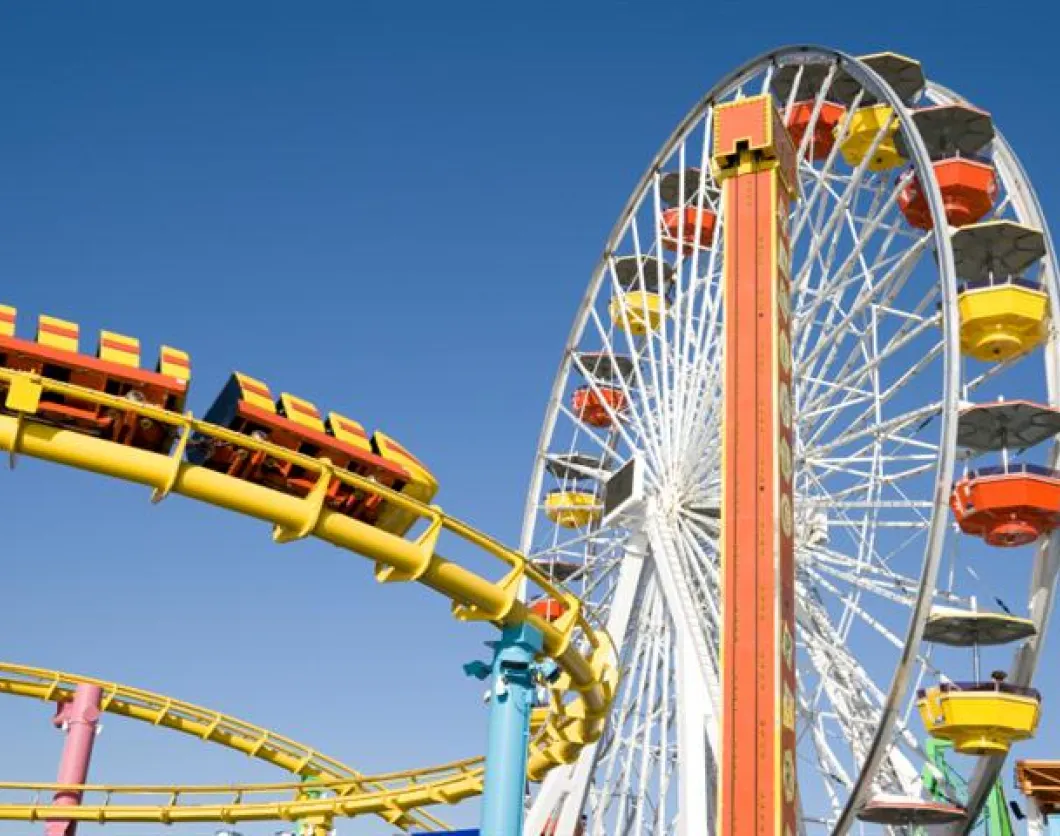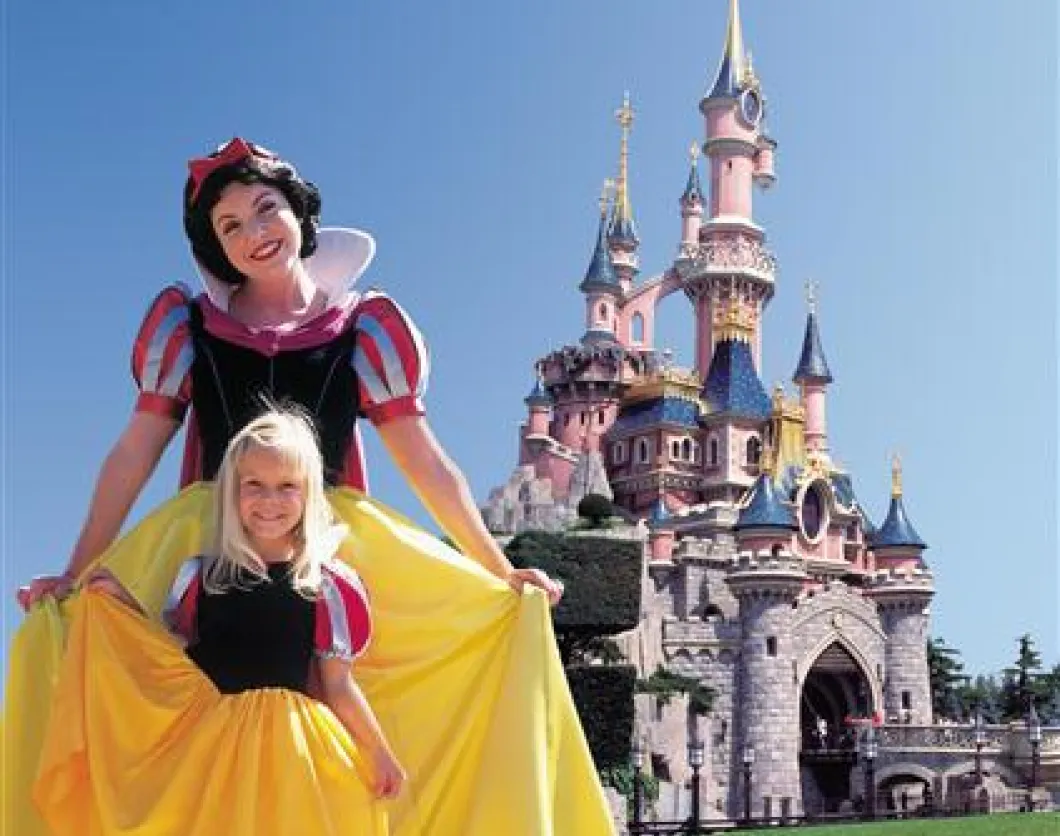Theme parks are recreational centers that have proven to be resilient during hard times. The concept of modern theme parks comes from European fairs, starting with Bakken near Coppenhagen, Denmark in 1583. But public gatherings celebrating food and drink and temporary traveling markets go back to ancient times in Europe. These fairs and pleasure gardens inspired world's fairs and expositions starting in London in 1851 with the Great Exhibition. One of the most influential events that inspired modern fairs was in Chicago at the World's Columbian Exposition of 1893, which was a fusion of engineering, education and entertainment.
The organization that collects information about the theme park industry is called the International Association of Amusement Parks and Attractions (IAAPA). According to this source the United States has over 400 theme parks while Europe has about 300. American theme parks generate about $12 billion in annual revenue while European theme parks generate about $10 billion. During the recession it has been a slowly growing industry, but a healthy percentage of travelers enjoy visiting theme parks, industry experts conclude.
The IAAPA was formed in 1918 to bring representatives of outdoor amusements together. Prior to this organization, representatives of fairs, circuses and carnivals turned to the International Association of Fairs and Expositions (IAFE), the Showmen's League of America (SLA) and the Carnival Manager's Association (CMA). In America the National Association of Amusement Parks (NAAP) was established in 1920. These organizations developed the theme park industry by sharing ideas on safety at theme parks, industry insurance policies and advertising. They also strengthened the industry with networking and lobbying.
The baby boom of the 1940s led to an expansion of theme parks aimed at the 2-12 age group. Early concepts of this new wave of parks emerged with The Great Escape, Knott's Berry Farm and Holiday World. But the historic game changer that defined modern standards was the arrival of Disneyland in Anaheim, California in 1955. By 1963 there were over 1,500 theme parks in the United States including Six Flags Over Texas, which started in 1961.
Disney World opened in Orlando, Florida in 1971. Six years later the first complete water park opened in Florida called Wet 'n Wild. The first U.S. indoor water park appeared in 1989 at Polynesian Resort Hotel and Suites in Wisconsin Dells. Disney World's 120 foot water slide called Summit Plummet set a new high watermark for tallest free-fall water slide. In 2005 Hong Kong Disneyland opened in China. Unfortunately, the Chinese park has missed its attendance targets each year, but was ranked as the 15th most attended amusement park in the world in 2011, according to AECOM and TEA, who say the park attracted 5.9 million people.
The IAAPA's trade publication Fun World further helped bring theme park professionals together starting in 1985. But in the mid 1980s theme parks scaled back in the United States as independent owners began to disappear while corporations took over these properties.
The industry promoted 1996 as the International Year of the Rollercoaster, which helped generate new interest in rollercoasters around the world through press stories. This successful marketing also helped create new interest in Asia and South America theme parks, industry collaboration and new rides.
Theme parks managed to hang on in the 2000s while facing the challenges of corporate downsizing due to recession and travel reduction due to terrorism concerns. Industry growth continues as casinos and resorts became categorized as part of the theme park industry starting in 2006. Emphasis on park safety and collaboration between the travel and amusement park industry to generate positive reports on tourism helped keep the industry financially healthy.
Many theme parks around the world have conceptually spawned from American theme parks, such as Universal Studios Singapore, Universal Studios Japan, Tokyo Disneyland, Tokyo Disney Sea and Disneyland Park in France.
Magic Kingdom at Walt Disney World in Orlando is the top revenue generating theme park in the world, according to The Economist, with Disneyland in Anaheim a close runner-up. Asian theme parks have seen better growth since 2010, though, with a 9 percent increase in 2011. North America had 127 million visitors that year compared with Asia's 105 million visitors.
The shift in momentum to Asia corresponds with Asia's economic growth compared with North America. In order for the theme park industry to improve on a global level, the travel industry will have to offer discounts and incentives to world travelers. The industry must also make better safety improvements to overcome fears of park accidents, as the IAAPA reported that injuries from theme park rides increased by 24 percent in 2009. North America, despite the continued recession, still dominates the theme park industry with 6 of the top 10 most successful theme parks originating from the United States.










